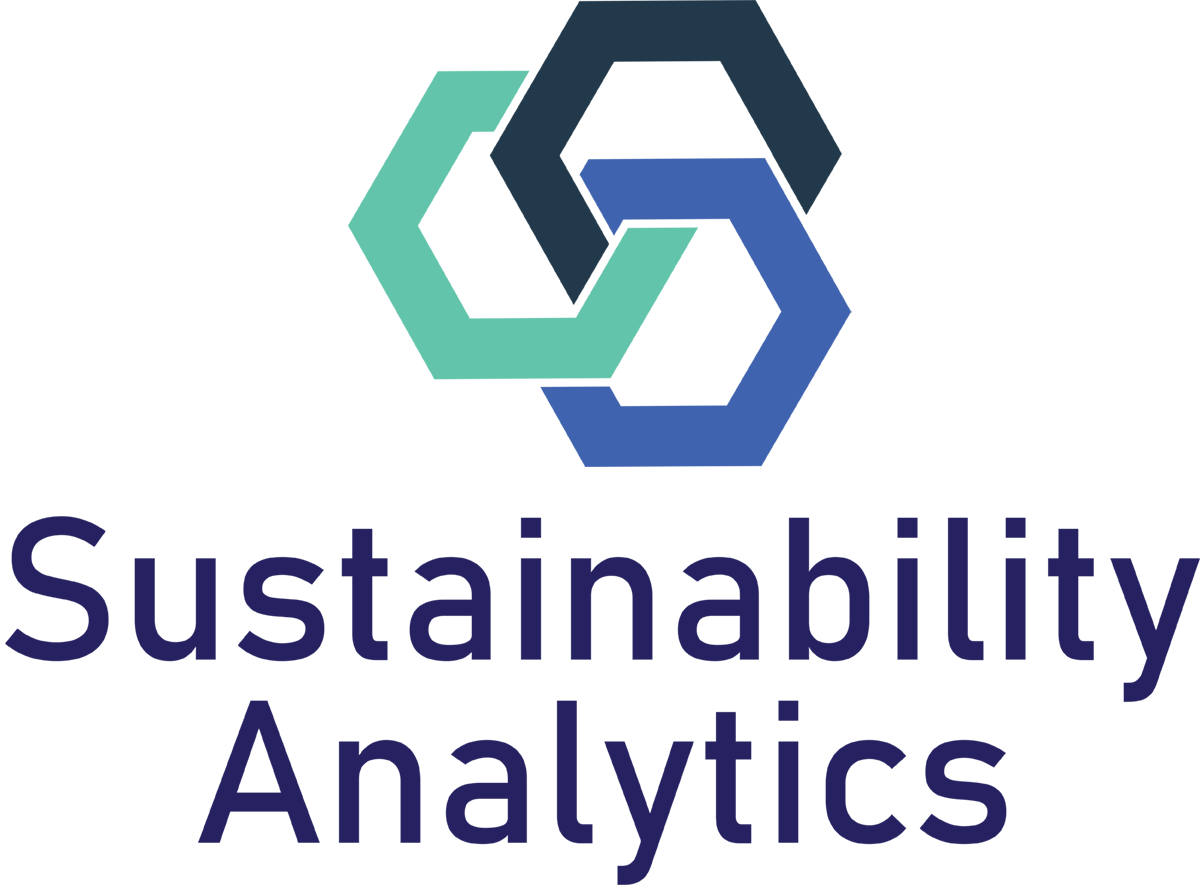Transportation planning defines future policies, goals, investments, and spatial uses to move people and goods to and from destinations. Mobility simulation models equip planners, policy-makers and other stakeholders with a powerful tool to predict and assess traffic in complex transportation systems. Through exploring alternative interventions and future scenarios, users may consider solutions and pathways to improve environmental, economic and social transportation system performance.
As part of our Smart Plan, Twin Fjord and SUSTRANS projects, mobility models have been developed and tested with local stakeholders and decision-makers. Learn more about the models below.
Urban mobility model
Rural mobility model
The AugmentCity urban mobility model offers transportation system simulation and visualization in a digital twin environment. The model supports assessment of traffic flow, air emissions and congestion points generated from transportation system activity. Users may also perform scenario exploration to consider alternative travel habits, technologies, demographies, and location of residential and commercial areas. The model was developed as part of the Smart Plan project, and has been demonstrated and tested in several cities and regions in Norway.
Conventional mobility models may become inaccurate in areas or periods where traffic is mainly generated by non-residents. This is particularly true for remote tourism destinations where visitors often generate highly fluctuating traffic volumes following preferences and patterns different from residential travelers. As part of the SUSTRANS project, a tourism transportation model was developed to assess total transport activity in rural tourism areas. The model was prototyped for the Geirangerfjord world heritage area and permits simulation and analysis of traffic generated by road and cruise tourists in addition to residents.
Publications
…


